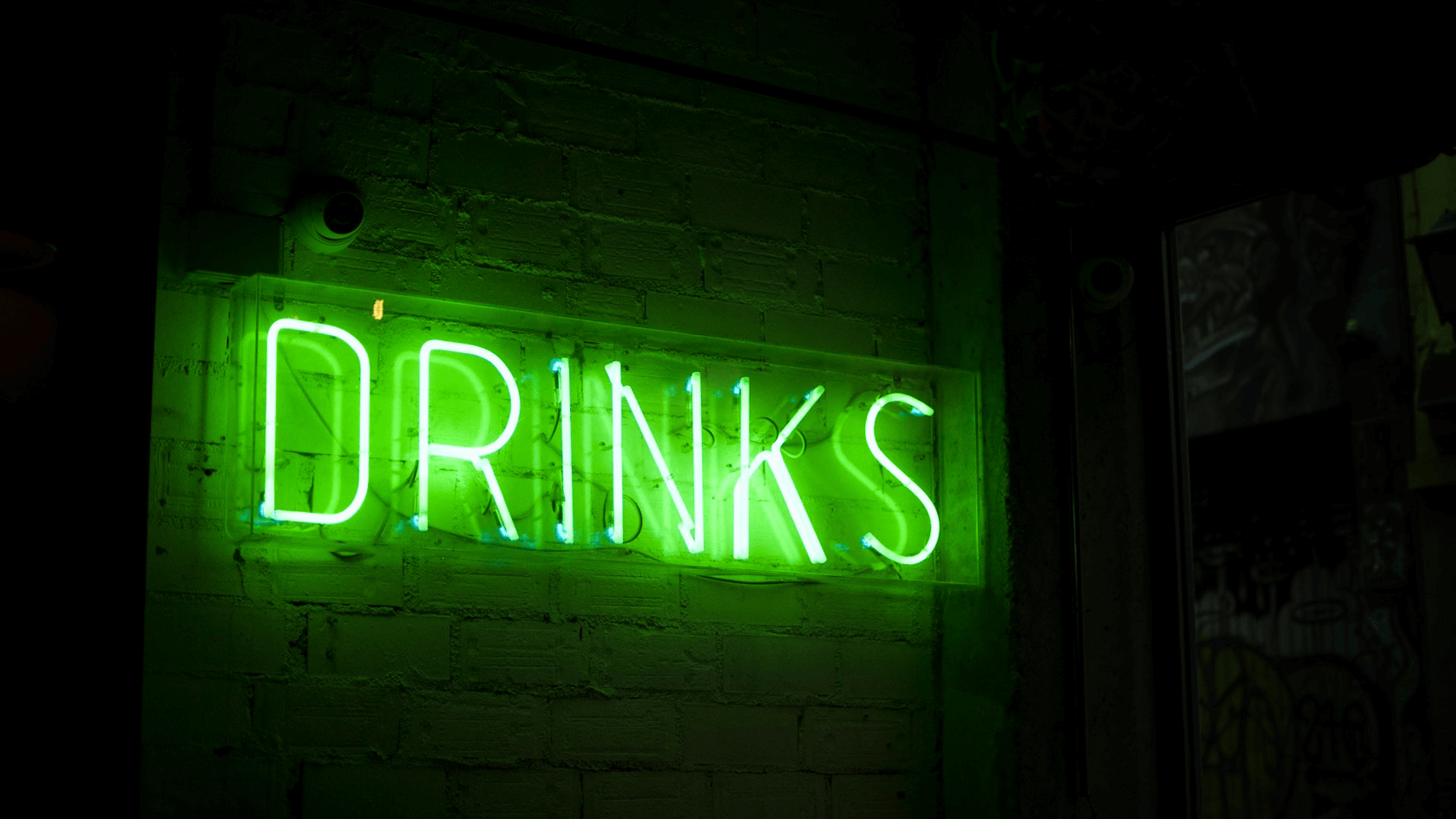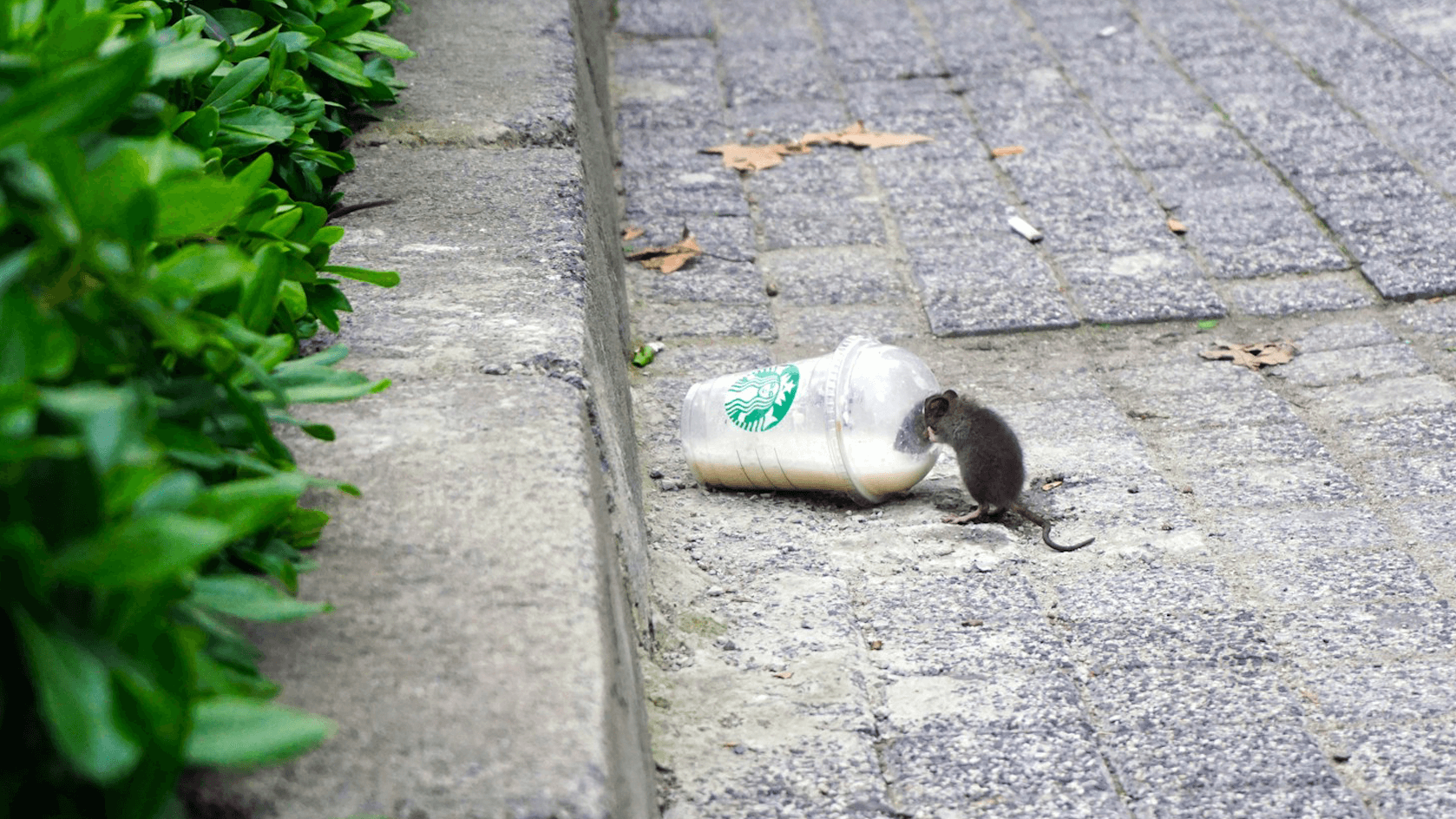Nothing to whine about…

The wine industry, steeped in centuries of tradition, is experiencing a shake-up that’s sparking debate among enthusiasts and environmentalists alike. The culprit? Paper wine bottles. While some view them as a ground-breaking step toward sustainability, others see them as a sacrilegious departure from the glass bottles synonymous with fine wine. For business students, this innovation offers a fascinating case study in balancing tradition, innovation, and market dynamics.
The Rise of Paper Wine Bottles
Paper wine bottles, such as those produced by Frugalpac, are made of 85% recycled paperboard and feature a plastic liner to hold the wine. These bottles boast a carbon footprint six times smaller than that of glass bottles and weigh significantly less, reducing transportation emissions.
The innovation gained traction when the Ukraine war disrupted glass bottle supplies, prompting winemakers like Château Malijay to explore alternatives. By 2023, paper bottles entered the French market, with the first being used for Mistral Gourmand, a Côtes du Rhône wine. Globally, over three million paper bottles have been sold this year, but adoption in France remains slow compared to environmentally conscious markets like the UK and Scandinavia.
Sustainability vs. Tradition
The environmental benefits of paper bottles are clear:
- Lower Carbon Footprint: Glass recycling requires almost as much energy as producing new bottles, whereas paper bottles demand far less energy.
- Lightweight Design: At less than three ounces, paper bottles are about five times lighter than glass, reducing transportation costs and emissions.
- Eco-Friendly Appeal: With growing consumer awareness of sustainability, paper bottles align with the values of environmentally conscious buyers.
However, wine traditionalists are hesitant. French wine culture is deeply rooted in heritage, where corks and glass symbolize quality and prestige. Paper bottles, often paired with screw tops, challenge these norms, creating resistance among purists.
Market Challenges and Opportunities
For business students, the challenges faced by paper wine bottles highlight key lessons in market entry and consumer behavior:
- Price Sensitivity: Paper bottles cost 20-30% more than glass, making them less appealing in price-driven markets. Château La France, for example, struggled to find retailers willing to stock their paper-bottled wines.
- Perceived Quality: Despite blind tastings showing minimal difference in taste, consumers associate glass bottles with higher quality, limiting paper bottles to mid-range wines priced between €7 and €15.
- Shelf Life: Paper bottles have a shorter shelf life—about a year for white wine and 18 months for red—restricting their use to wines not meant for aging.
Despite these hurdles, there’s significant potential:
- B2B Partnerships: Collaborating with eco-conscious distributors and supermarkets can help brands penetrate the market.
- Targeted Marketing: Focusing on environmentally aware consumers in regions like the UK and Scandinavia can drive sales.
- Diversification: Paper bottles aren’t limited to wine—they’re already being used for spirits like vodka and armagnac, opening new revenue streams.
Lessons for Business Students
The paper wine bottle phenomenon is a textbook example of how innovation can disrupt traditional industries. Here are some takeaways for aspiring entrepreneurs and business leaders:
- Understand Market Segmentation: Identifying and targeting environmentally conscious consumers can help overcome resistance from traditionalists.
- Balance Tradition and Innovation: While sustainability is crucial, respecting cultural norms and consumer expectations is equally important.
- Adapt Pricing Strategies: Exploring ways to reduce production costs or offering premium eco-friendly branding can make innovations more competitive.
Conclusion
Paper wine bottles are more than just a packaging innovation—they represent a shift in how industries can adapt to environmental challenges while navigating consumer preferences. For business students, they offer a compelling case study in managing change, addressing resistance, and leveraging sustainability as a competitive advantage.
As the wine industry grapples with these changes, one thing is clear: innovation often comes with a blend of challenges and opportunities. The question remains—will paper bottles become the new norm or remain a niche product in a tradition-bound industry? Only time will tell, but the lessons they offer are invaluable for the business leaders of tomorrow.










